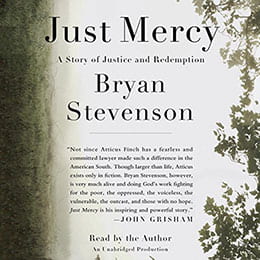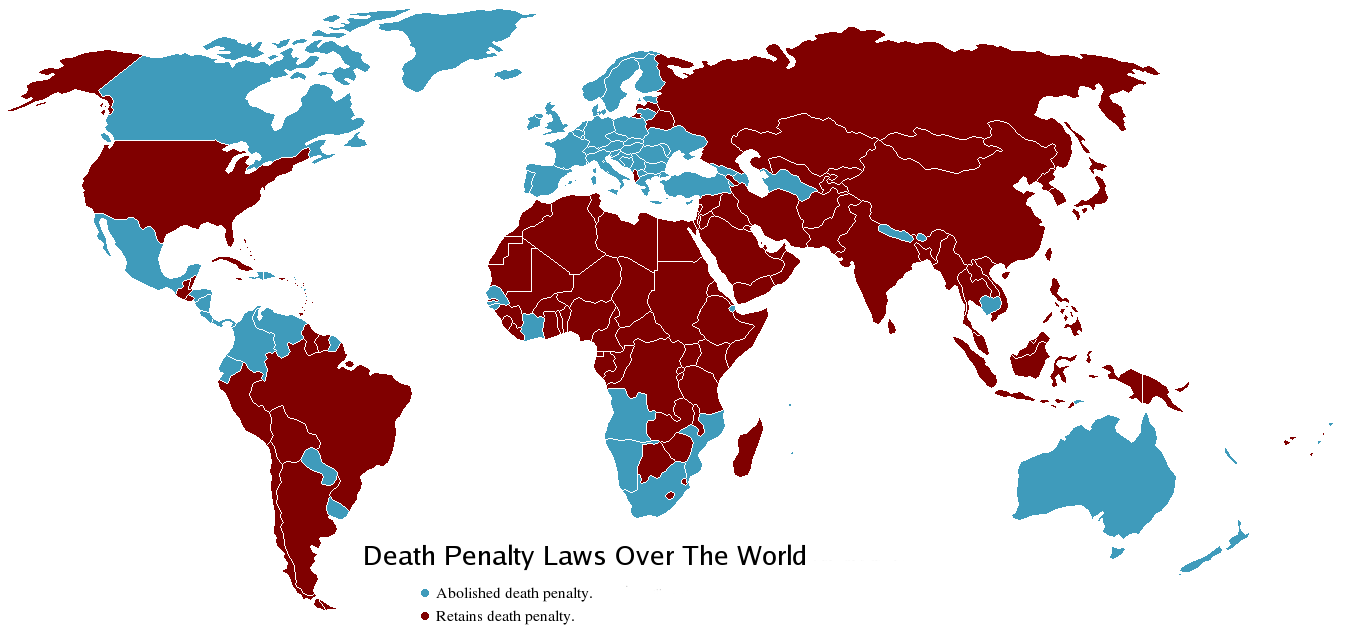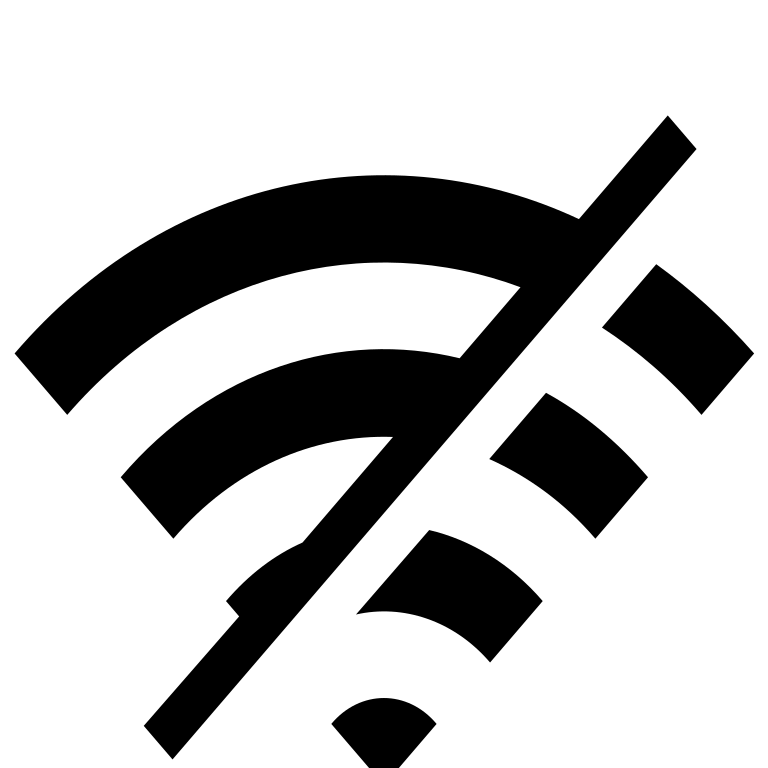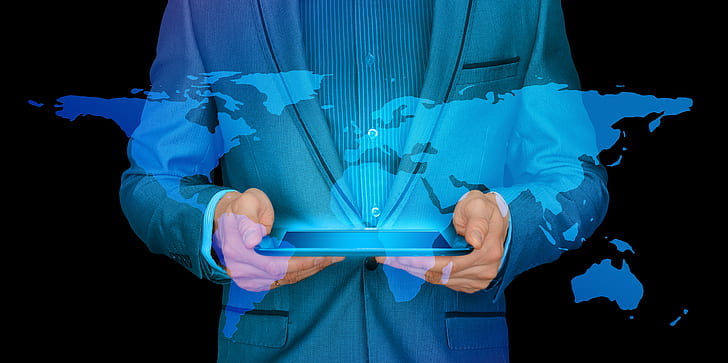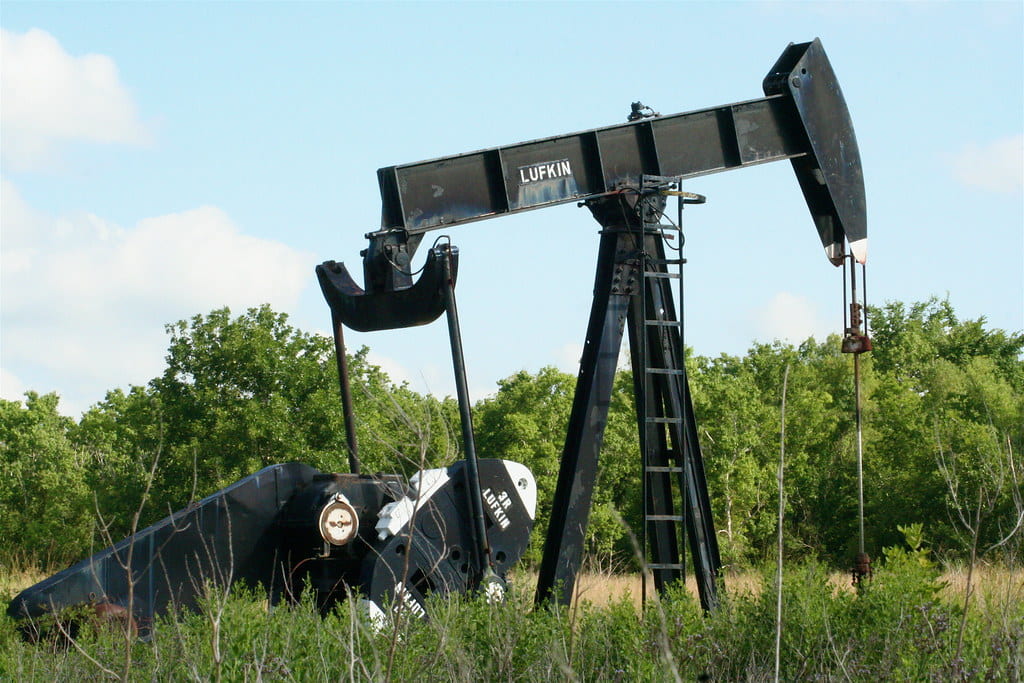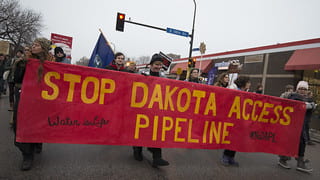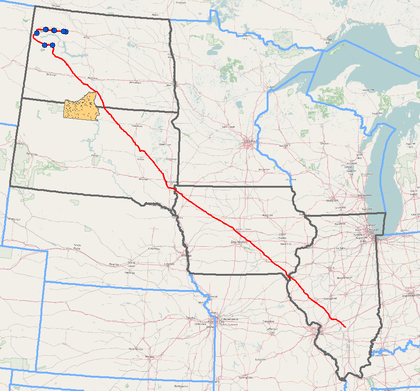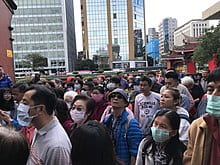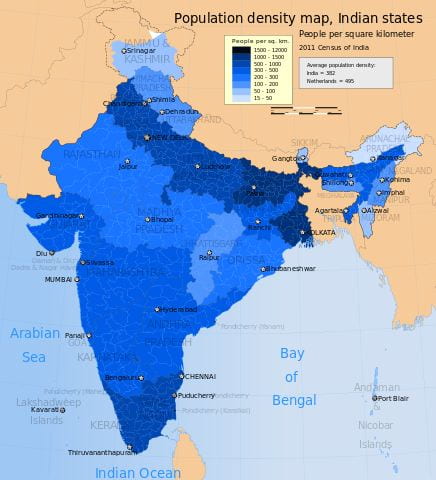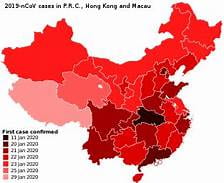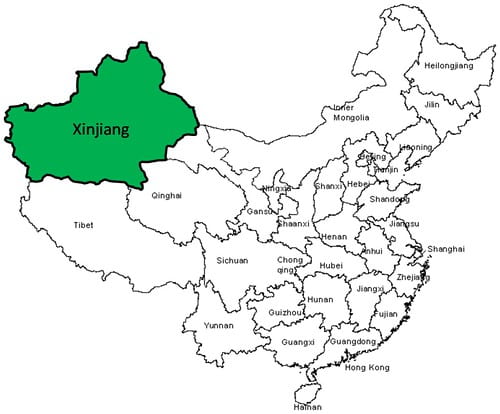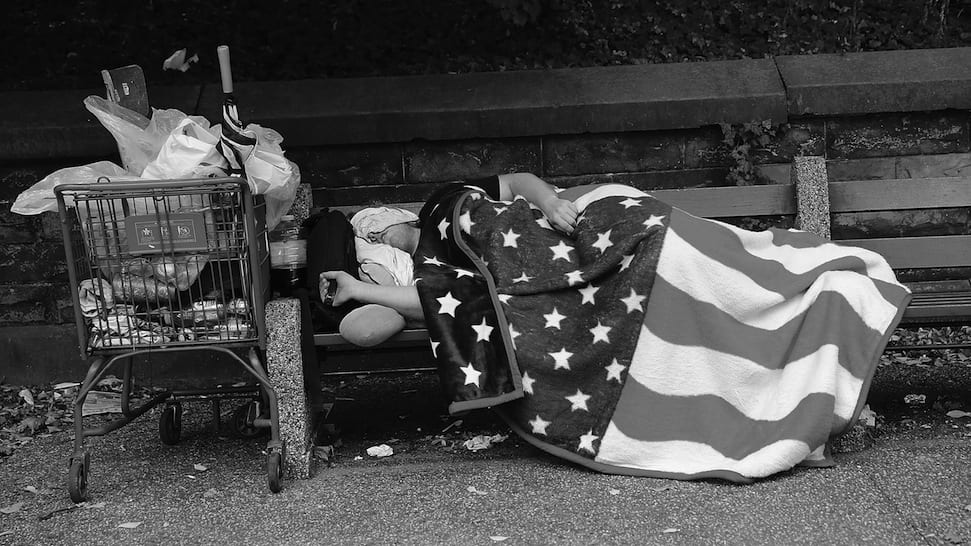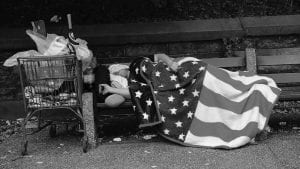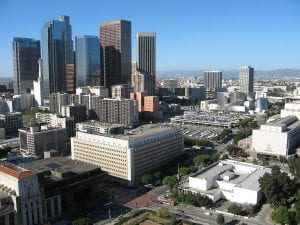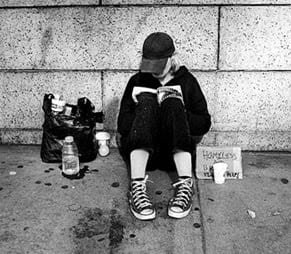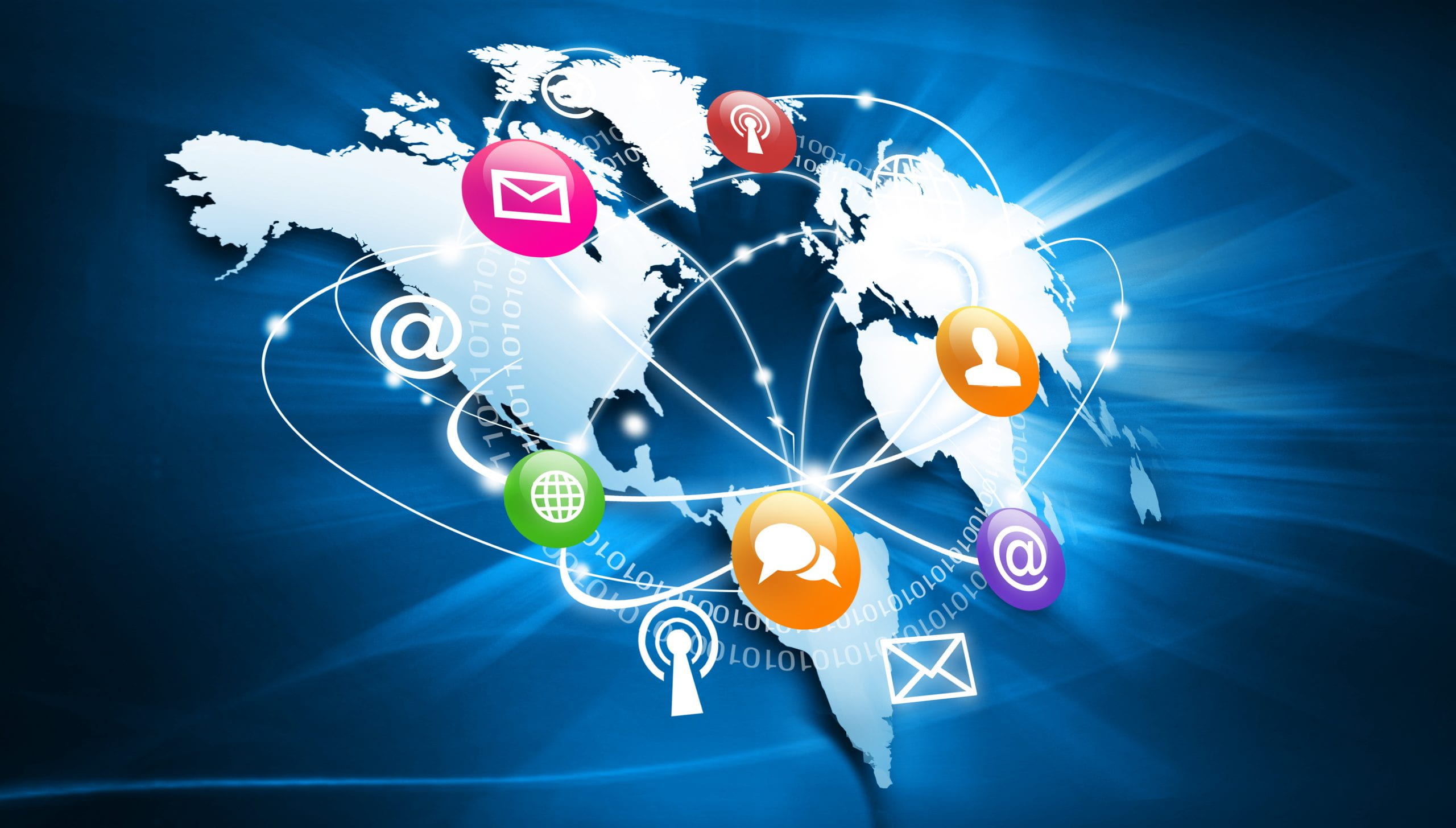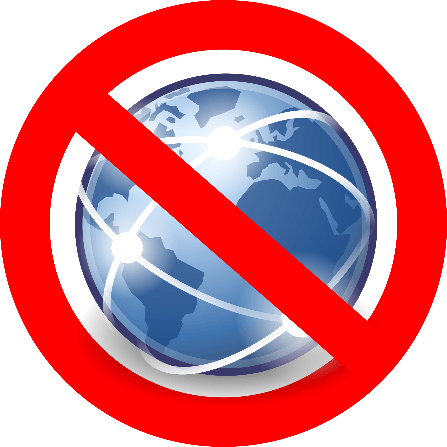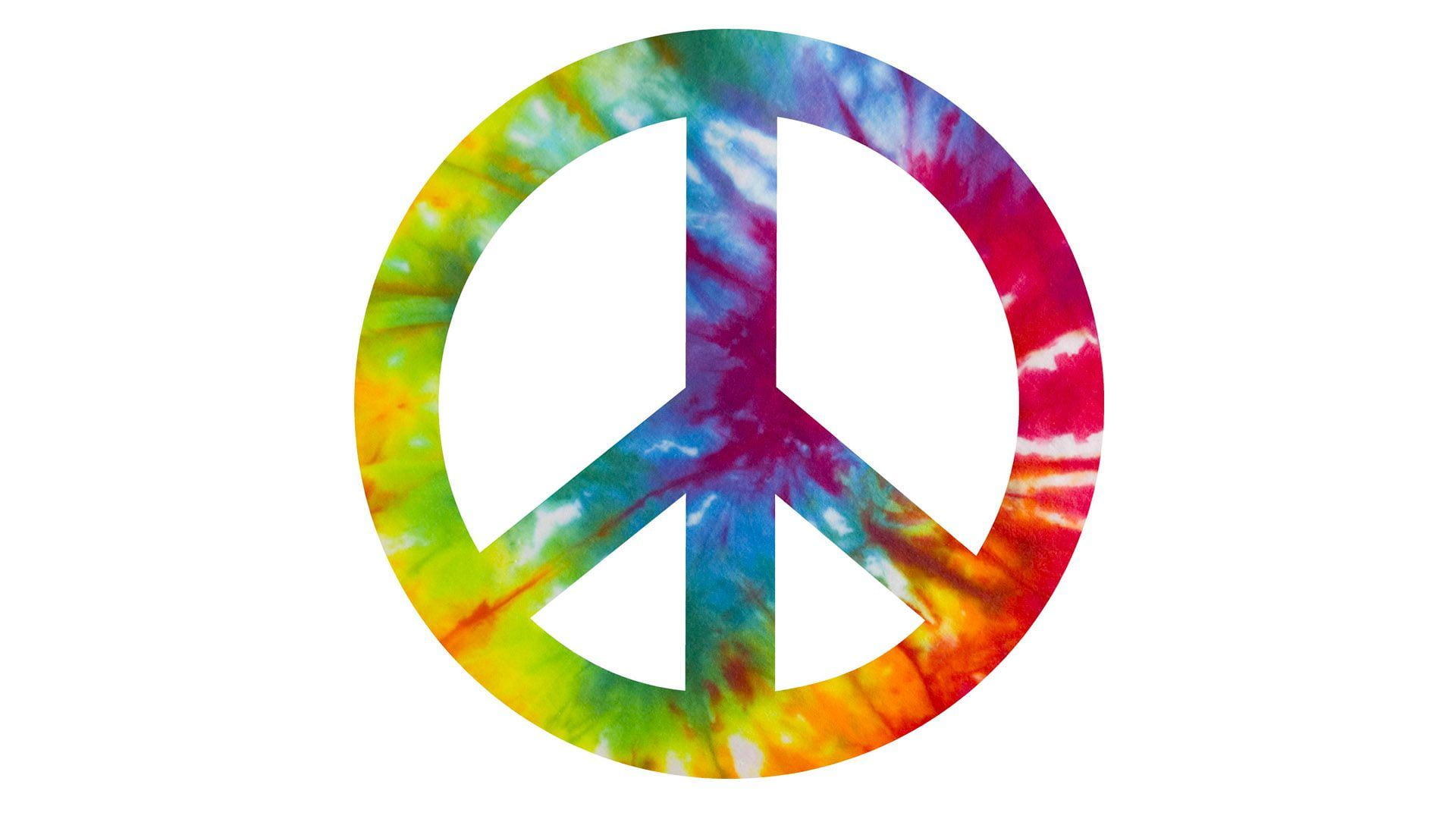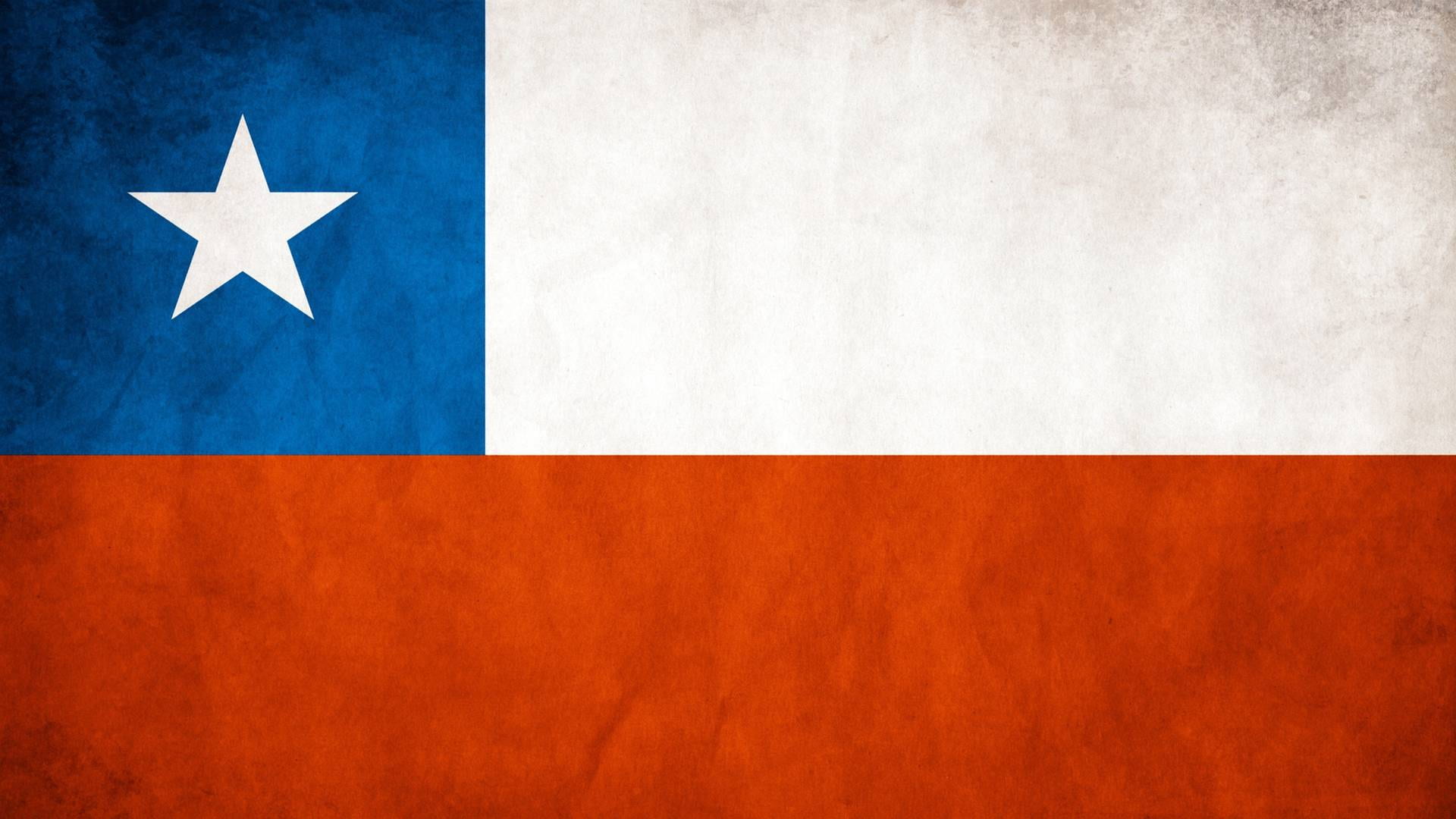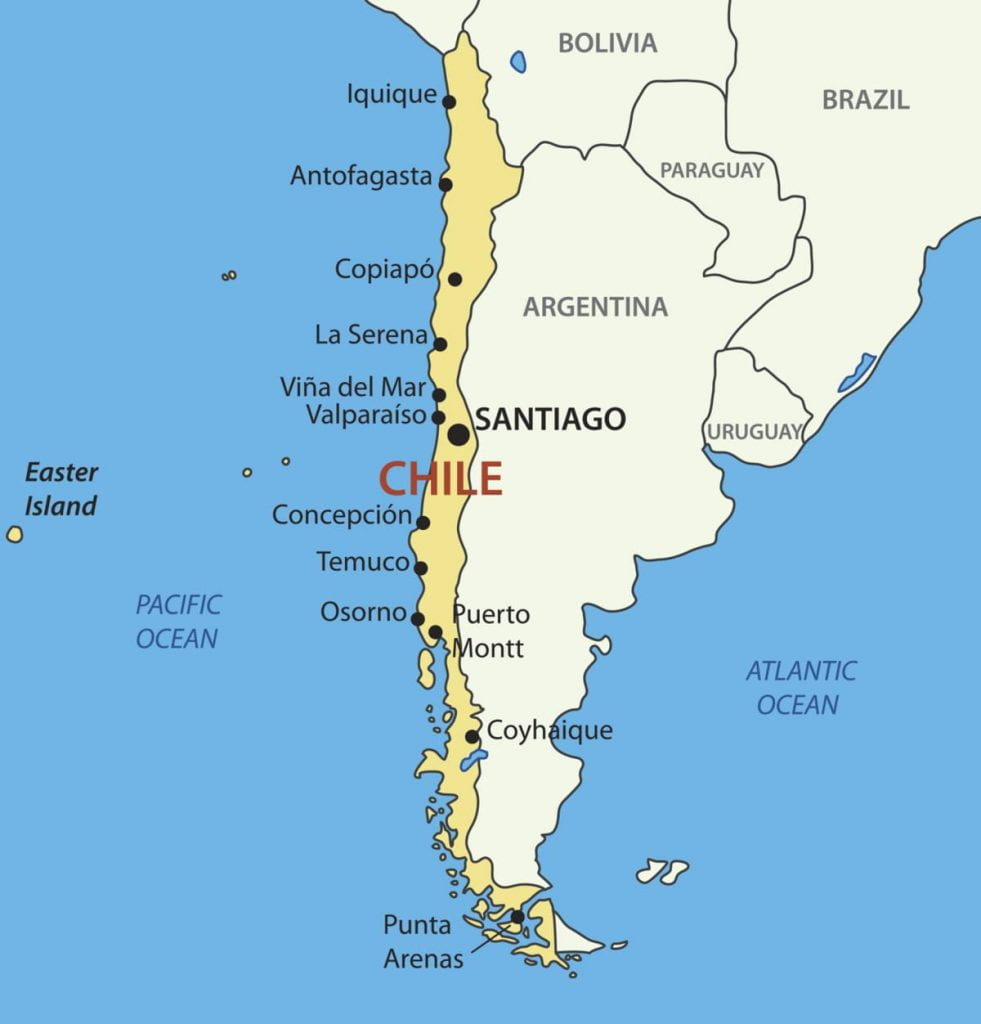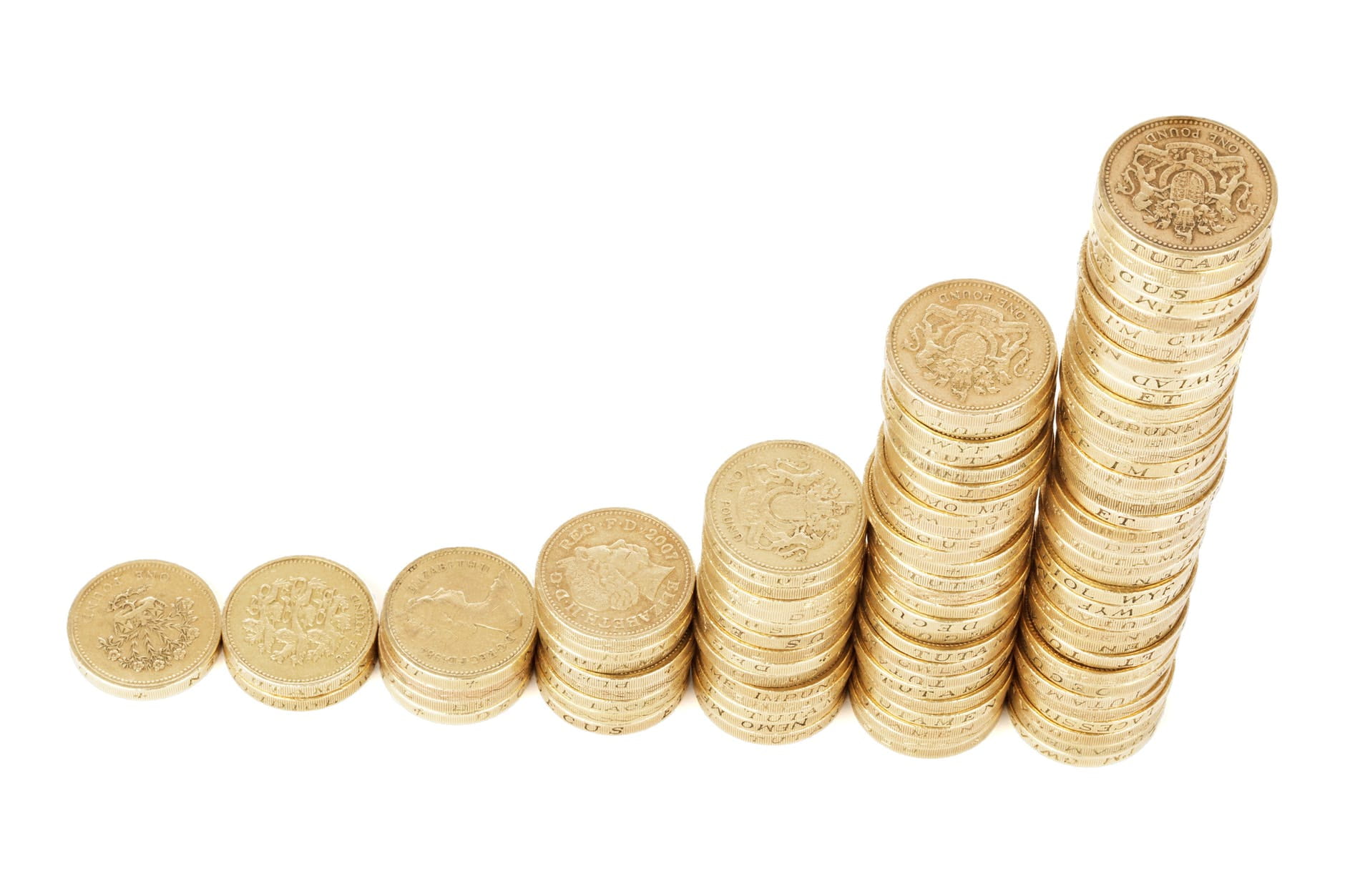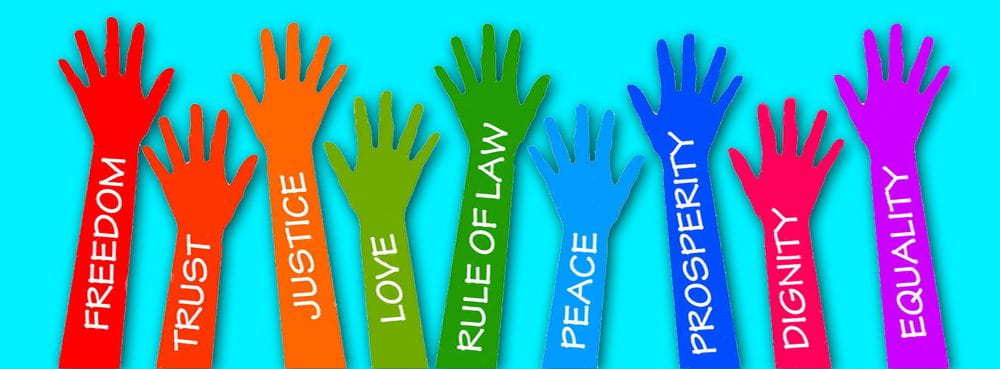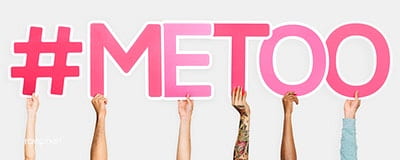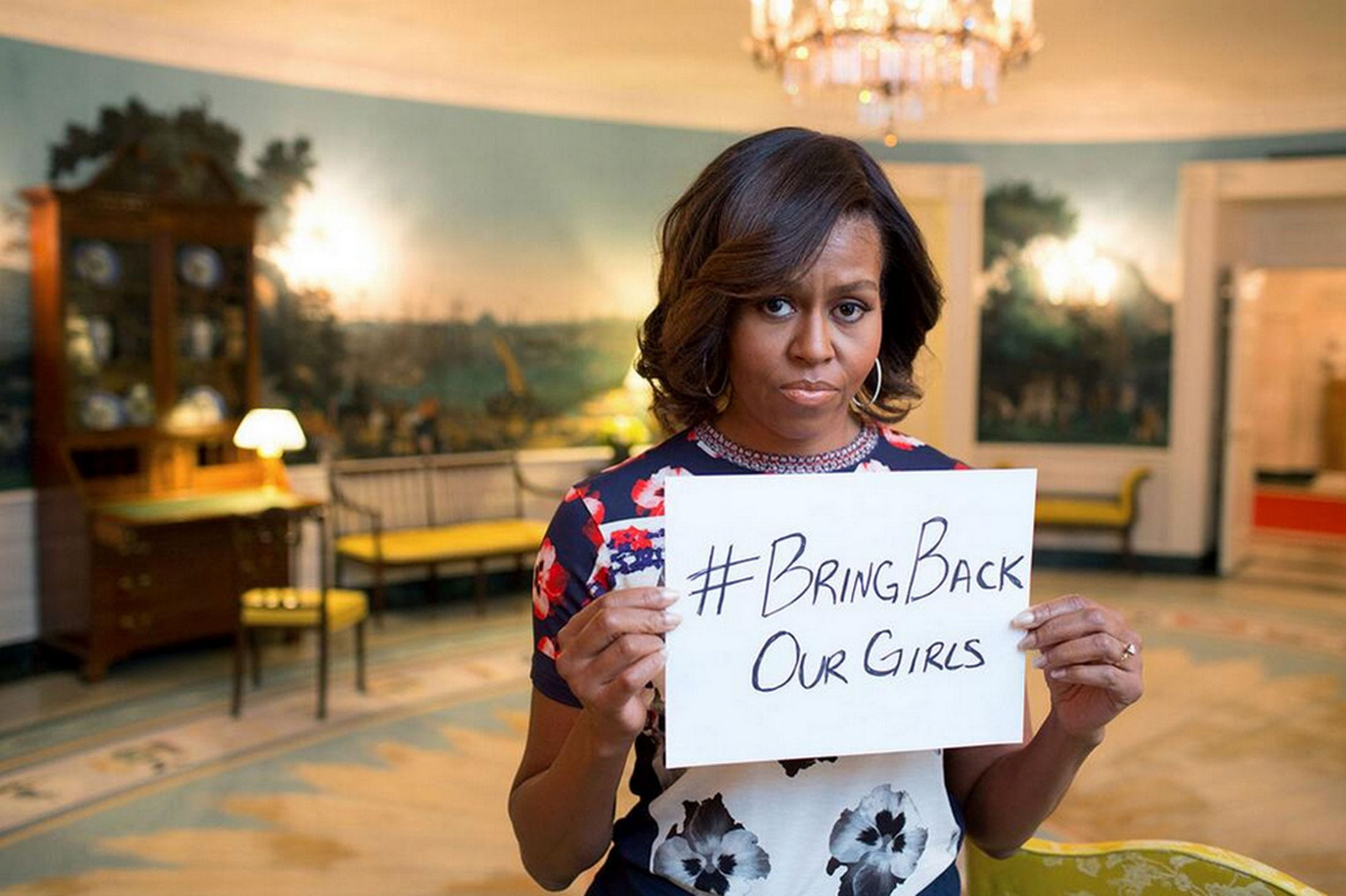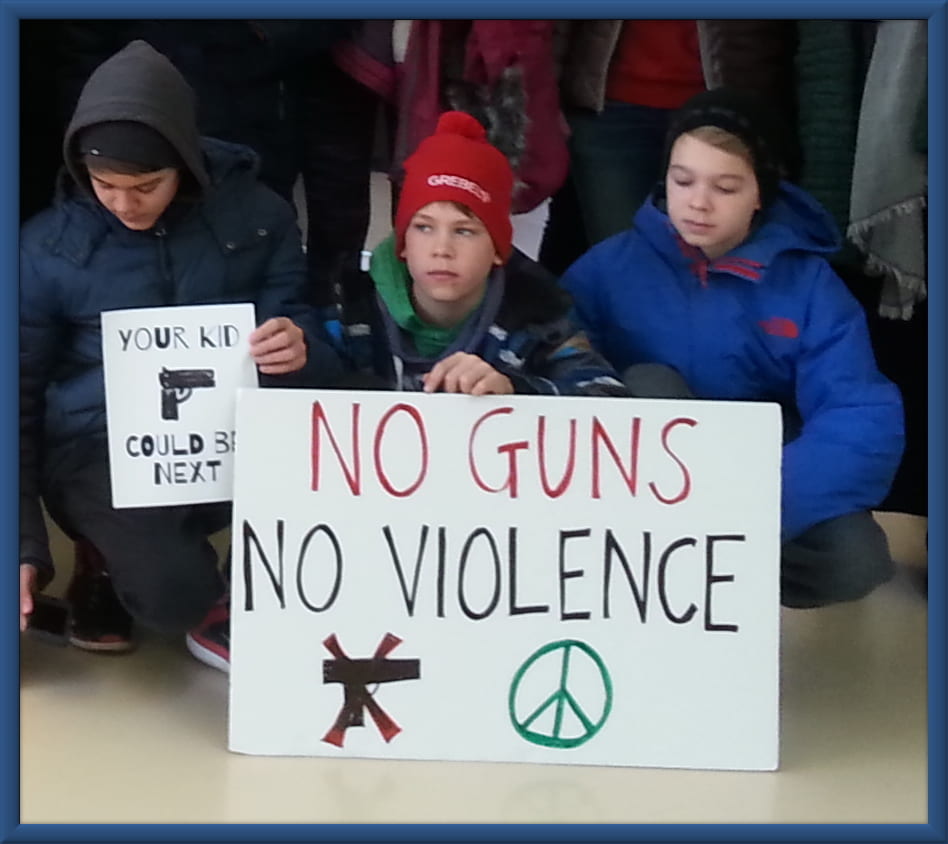The night of Sunday, October 30th marked a great victory for leftists and supporters of Luiz Inácio Lula da Silva, the new Brazilian President, after a majority of voters chose to oust incumbent President Jair Bolsonaro. The election’s margins were close, with 60.3 million voting for Lula, compared to 58.2 million voting for Bolsonaro. This round of voting came after a fiercely contested first round, with neither candidate reaching 50% of the overall vote on October 4th, thus needing a second round with the top-two candidates. But with this election marking a shift to the left for Brazilian politics, what does this victory by Lula actually mean?
Goodbye Jair Bolsonaro
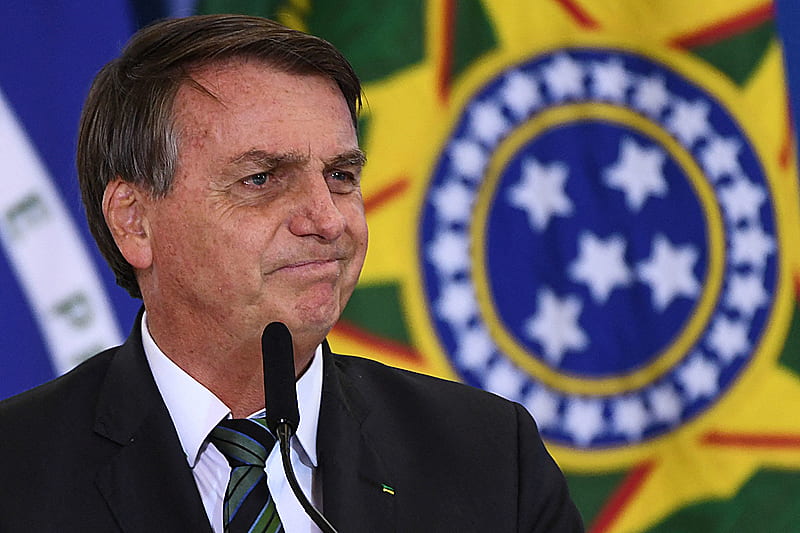
Jair Bolsonaro led Brazil from 2018 to 2022, through a platform centered largely on eliminating corruption and “putting an end to ‘old politics,’” using rhetoric similar to that of Donald Trump. Interestingly enough, many have actually called Bolsonaro as the “Trump of the Tropics,” and combined with that title came a desire of the Trump Administration to foster closer ties with Brazil.
Brazil under Bolsonaro’s Administration started with a shift in how pensions operated in the city, changing the retirement age for men and women from 56 and 53 to 65 and 62 respectively. Brazil also reduced the protections granted to the Amazon rainforest, leading to more instances of illegal logging and burning of trees. Despite the harm done to climate change efforts, President Bolsonaro promoted business interests instead, which also led to the displacement of indigenous populations in the region. The COVID-19 pandemic also showcased Bolsonaro’s reluctance to impose federal restrictions and aid state/local governments in imposing lockdowns, with the President himself downplaying the severity of the virus. Through Bolsonaro claiming to have benefitted from taking hydroxychloroquine (which does not treat COVID-19 in individuals) and raising doubts related to vaccinations, not to mention a lackluster response from the federal government, 15 million Brazilians contracted COVID-19 and more than 400,000 individuals died from the virus.
Welcome Back Luiz Inácio Lula da Silva
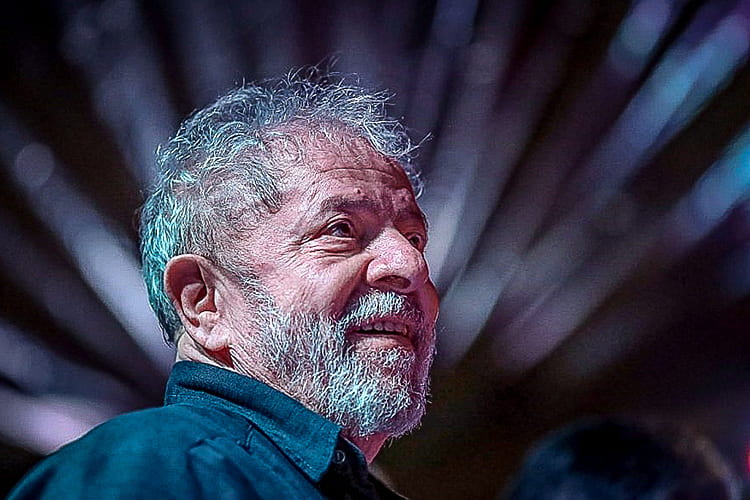
da Silva, more commonly known as “Lula,” served as Brazil’s president from 2003 to 2010, and helped alleviate ~20 million Brazilians out of poverty. After leaving office with above an 80% approval rating (President Obama even called him the “most popular politician on Earth”), he then became part of an investigation into government bribes, leading to his imprisonment. In 2021 however, the Supreme Court threw out Lula’s conviction, noting that the judge “was biased in convicting Lula.”
With 50.9% of the total vote, Lula’s victory cemented a shift to the left for politics throughout Latin America, with leftist victories in Mexico, Columbia, Argentina, Chile, and Peru. Lula campaigned on making life better for Brazil’s poor, especially with the effects of the pandemic and inflation throughout Brazil. His election marks promises to increase the minimum wage, create jobs, and widen the already existing safety to aid more struggling Brazilians. His victory also came due to the deep unpopularity that Bolsonaro has throughout Brazil, given his actions and impact on Brazil’s standing on the global stage, combined with his selection of Geraldo Alckmin (his opponent in the 2006 presidential election) as his running mate. Lula’s victory also induced many celebrations throughout Brazil, and around Latin America, with Columbia’s leader, Gustavo Petro, also tweeting “Viva Lula.”
The 2022 Brazilian Election – Concerns and Protests
This election pitted an incumbent (Bolsonaro) with an ex-President (Lula), with both candidates attacking each other for the stances they have, calling each other corrupt or authoritarian-like. Tensions in Brazil are also at an all-time high because of President Bolsonaro’s attempt to cast “unsubstantiated doubt on the trustworthiness of Brazil’s electronic voting system,” combined with conspiracy theories from his supporters noting that career politicians were against Bolsonaro’s victory. Lula’s victory also symbolizes the start of a continued conflict between Lula’s leftist party and the opposition, with Lula facing many Bolsonaro supporters in Brazil’s Congress when creating and working to implement new policies.
Interestingly enough, Bolsonaro had not conceded to Lula following the election despite official results noting that he lost the election. This silence also comes with an increase in protests against Lula’s victory, especially from those working in the trucking industry. With many truckers supporting Bolsonaro’s policies starting fires and blocking off portions of a highway, election deniers / doubters have worked to cause chaos and disruption to the Brazilian economy in an effort to bring Bolsonaro back to the Presidency. In recent days, many supporters of Bolsonaro have called for blockades to be created around major industry centers, in an effort to “paralyze the country.” Despite the potential for more protests, many of Bolsonaro’s cabinet members and allies have accepted the results of the election, from televangelists to elected officials and judges in Brazil. And unlike similar occurrences of politicians refusing to accept defeat, Bolsonaro does not have as much political support to launch operations or coups.
Refusal to Concede
In his first public remarks post-election, Bolsonaro did not concede to Lula, while also noting that current protests come from a feeling of anger over a potential injustice being committed on the Brazilian population.
“The current popular movements are the fruit of indignation and a sense of injustice about the way the electoral process took place.” – Jair Bolsonaro
Despite this refusal to simply state his loss to Lula, Bolsonaro’s cabinet has moved into a transition process for the incoming cabinet. Even so, Bolsonaro has in recent months used language indicating some type of violence occurring were he to lose the Brazilian election. Combined with the fact that major Bolsonaro allies reside in the military raise even more concerns with which way administrators may turn when the transition of power officially happens.
Human Rights in Brazil
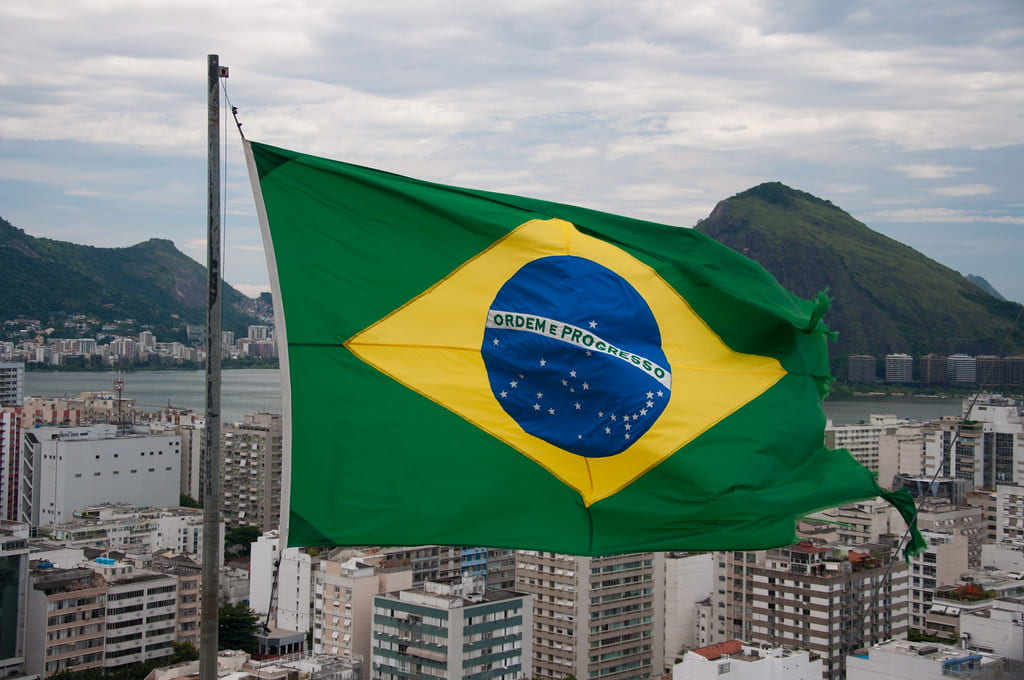
Brazil under Bolsonaro had loosened gun regulations and opened up the rainforest to private developers. With President-Elect Lula, many hope to see protection of the Amazon Rainforest and protecting minority populations from women and LGBTQ individuals to indigenous populations and persons with disabilities. These initiatives by Lula will help to protect those most at risk while also helping Brazil recover from the detrimental effects of the COVID-19 pandemic, rising inflation, and a collision between left and right ideologies.
Other blogs point to Bolsonaro’s administration implementing policies that would only hurt the rich diversity in nature and the freedom of expression by all peoples, and it is through this election that hope for an egalitarian and environmentally-conscious government will serve the interests of the broader public, rather than serving the interests of the few through powerful and accusatory rhetoric.

